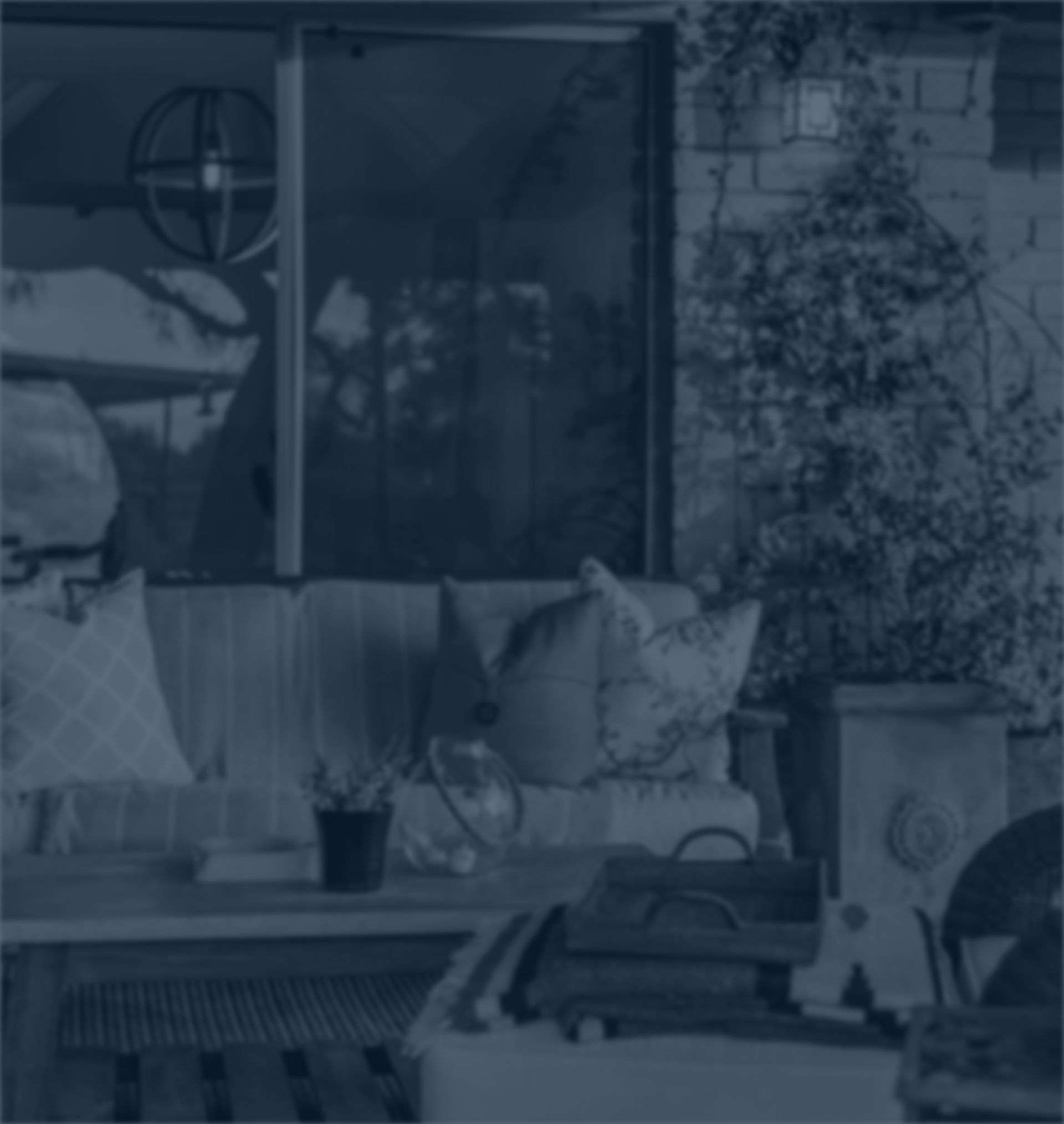Types of Termite Control Solutions We Use
Tackling a termite infestation requires a strategic approach, and we have a powerful arsenal of products and techniques at our disposal. Our expert technicians can assess your property to understand the full scope of the infestation. After a thorough inspection, we can develop a strategic control program and walk you through your options. If you have children or pets, we take care to follow strict application procedures to minimize contact risk and keep them safe.
Some of the most popular and effective termite control products we regularly use include:
- Altriset®. Altriset® is an eco-friendly liquid termiticide that can provide both short- and long-term residual control. We spray Altriset® around the entire foundation of your home, which all but forces termites to encounter it when foraging toward your building to feed. Altriset® paralyzes the jaws of termites within hours and prevents them from causing destruction to your property. Because Altriset® is easily shared among termite colony members, you can generally expect great results within three months.
- Termidor®. Termidor®’s active ingredient is fipronil, which is unique in that it can be transferred from one termite to another through contact and trophallaxis (communal feeding). This allows it to affect more termites than only those that contact the chemical directly.
- Sentricon® System with Always Active™. The Sentricon® System with Always Active™ technology is the newest innovation in proven termite colony elimination. This high-quality bait contains noviflumuron. Always Active™ technology, featuring Recruit HD termite bait, is immediately available to termites when they enter the stations, and it remains available all the time to eliminate colonies and protect against future invasions.
Signs You Have a Termite Infestation
Most termite species in the Southwest are subterranean, meaning they live underground. Subterranean termites can gain entry to your home through multiple pathways, often starting from the soil where their colonies reside. They build mud tubes, which protect them from open air and predators, to create a sheltered highway from the ground directly to your home's foundation. These termites can also find their way inside through cracks in the foundation, gaps around plumbing, or other small openings in the structure. Additionally, any wood-to-soil contact, like a wooden deck post or a door frame that sits directly on the ground, provides them with a direct and easy access point. Once inside, they can tunnel through the wood, causing significant damage from the inside out.
Because termites prefer to stay in dark and damp places, they can be hard to spot, so keep an eye out for the following warning signs of an infestation:
- Mud tubes. Subterranean termites build pencil-sized mud tubes for protection as they travel from their underground colonies to their food sources. These tubes, made of soil, wood, and their saliva, act as highways that shield them from predators and dry air. Look for them on your foundation walls, crawl spaces, basement walls, or even along wooden structures.
- Discarded wings and “swarmers.” Termite swarmers are the winged, reproductive adults of a colony. They fly away from their nests to mate and establish new colonies. After they find a mate and a new location, they shed their wings. Finding piles of these small, translucent wings on windowsills, in spiderwebs, or near light sources is a strong sign that an active termite colony is nearby.
- Damaged or hollow-sounding wood. Subterranean termites eat wood from the inside out, so you may not see any visible damage on the surface at first. When they chew through wooden structures, they create long grooves or a honeycomb pattern. When you gently tap on affected areas like baseboards, door frames, or other wooden components, the wood may sound hollow or feel soft because of the internal damage. Additionally, you may notice blistering or peeling paint on wooden surfaces, which can happen from moisture build-up caused by the termites.
- Frass (termite droppings). Unlike drywood termites, subterranean termites do not leave behind visible piles of frass, or droppings. They use their feces to build their mud tubes. If you see piles of what looks like sawdust or coffee grounds, you may have drywood termites, which is a different type of infestation.
How Can I Prevent Future Termite Infestations?
At Burns Pest Elimination, we do more than just eliminate termite colonies that have invaded your home. We also want to help you take steps to keep them from returning. After dealing with your current termite problem, we can provide tailored recommendations on what you can do to significantly reduce the risk of a future infestation.
This typically involves:
- Managing moisture. Termites, especially subterranean termites, require moisture to thrive. Promptly fix any leaky faucets, pipes, or air conditioning units. Check for signs of water damage in your basement, crawl space, and attic. Direct water away from your foundation by cleaning gutters and downspouts and extending them at least several feet from the house. Verify that the ground around your foundation slopes away from the structure to prevent water from pooling. Make sure your crawl spaces and attics are well-ventilated to reduce humidity. You can also use a dehumidifier in particularly damp areas.
- Eliminating food sources. Termites feed on cellulose, the main component of wood. Removing potential food sources from around your home is a key preventative measure, so confirm that no wooden parts of your home, like siding, door frames, or decks, touch the soil. Maintain a gap of at least six inches between the ground and any wood. Use concrete or metal barriers to separate wood from the soil. You should also keep firewood, lumber, and other wood debris stored at least 20 feet away from your home and elevated off the ground. Finally, avoid using wood mulch directly against your foundation. If you must use it, keep a gap of at least six inches between the mulch and your home's foundation. Consider using alternatives like rubber mulch or gravel, which are not food sources for termites.
- Closing off entry points. Subterranean termites can enter your home through tiny openings in the foundation or around pipes. Sealing these entry points can deny them access. Routinely inspect your home's foundation, basement walls, and slab for any cracks or gaps. Use a concrete patch or sealant to fill these openings. Additionally, check for any gaps around pipes, electrical conduits, and other utilities entering your home. Fill these gaps with a suitable sealant or caulk to prevent termites from using them as a hidden entryway.
- Scheduling professional inspections. We can perform regular inspections to identify early signs of termite activity before a major infestation develops. Our technicians can spot and manage problems you might miss.
Acting at the first sign of a termite invasion could save your home. Call (702) 710-8675 or contact us online to schedule an inspection now.






![]() Family Owned and Operated
Family Owned and Operated![]() Fast Response Times
Fast Response Times![]() Over 40 Years of Experience
Over 40 Years of Experience![]() Professional Pest Control
Professional Pest Control











